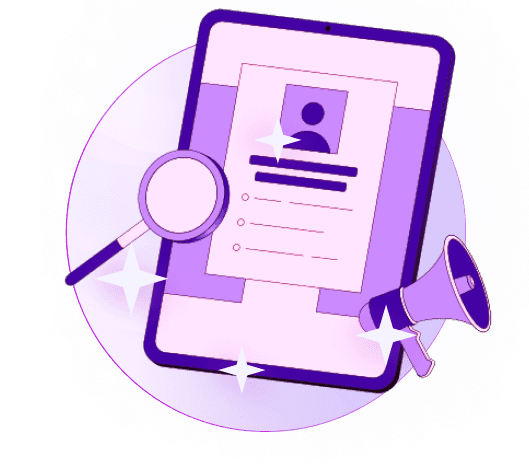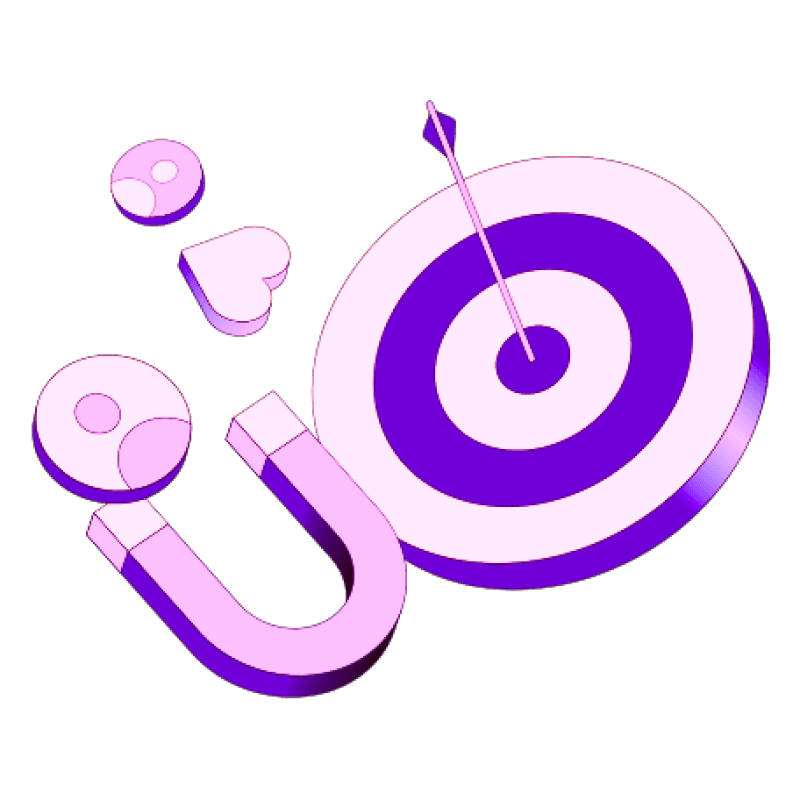Blogs
Articles

6 Key Metrics for Measuring Success in B2B Lead Generation with RB2B
In the fast-paced world of B2B lead generation, knowing how to measure success can be the difference between a campaign that thrives and one that flounders. With the ever-evolving marketplace and the use of RB2B (Relationship-Based B2B) strategies, understanding key metrics is crucial for refining your approach and ensuring your efforts pay off.
If you’ve ever wondered how to better gauge the effectiveness of your lead generation initiatives, you're in the right place.
Let’s dive into six essential metrics that can illuminate your path to success.
1. Conversion Rate: The Heartbeat of Your Campaign
First things first: let’s talk about conversion rates. This is perhaps the most important metric when evaluating any lead generation campaign. Your conversion rate reflects the percentage of leads that eventually turn into customers, serving as a direct measure of your campaign’s effectiveness.
To calculate this, simply divide the number of conversions (new customers) by the total number of leads generated, then multiply by 100 to get a percentage. For instance, if you generated 100 leads and converted 10 into customers, your conversion rate would be 10%.
A higher conversion rate means that your messaging, nurture strategies, and targeting are on point. But if the numbers are lacking, consider taking a closer look at your lead nurturing process. Are you providing enough value? Is your messaging resonating? Sometimes, simple tweaks can lead to remarkable improvements.
Interested in increasing your conversion rates? Tools like Persana.ai can help you generate targeted lead lists and enrich them with valuable data, paving the way for better engagement and greater conversion prospects.
2. Customer Acquisition Cost (CAC): The Budget Balancer
Another crucial metric is your Customer Acquisition Cost (CAC). This tells you how much you’re spending to acquire each new customer. To find your CAC, divide your total marketing and sales expenses by the number of new customers acquired during a specific period.
For instance, if you spent $20,000 on marketing and sales over a quarter and acquired 100 new customers, your CAC would be $200. Keeping this number manageable is essential because as your CAC rises, the profitability of each new customer diminishes.
Regularly assessing your CAC helps you to understand if your lead generation efforts are cost-effective. If you find that your CAC is on the rise, it may indicate a need for refinement in your strategy. Perhaps you need to reevaluate your marketing channels or improve your sales tactics.
3. Lead Quality: More Than Just Numbers
Here’s where things get interesting—lead quality is as important, if not more important, than lead quantity. In B2B lead generation, a smaller number of high-quality leads often yields better results than a larger number of mediocre leads.
So how do you assess lead quality? Look at engagement metrics, such as how often leads open your emails, visit your website, or engage with your content. You can also delve into demographic data and firmographics. Are your leads coming from industries that align with your target market?
While quantity may look appealing on paper, focusing on high-quality leads is key to sustainable success. After all, fewer leads that convert are far better than many leads that don’t.
To streamline your lead generation efforts and focus on quality, consider using innovative solutions like Persana.ai to help you enrich your data and find the most promising contacts.
4. Lead Response Time: Speed Matters
Did you know that the speed at which you respond to leads can significantly influence your conversion rates? According to research, responding to a lead within the first five minutes can increase the likelihood of conversion by up to 21 times.
Measuring lead response time involves tracking how long it takes your team to follow up with a lead after they express interest. Aim to keep this timeframe as short as possible. If leads are left waiting for a response, they are likely to lose interest or choose your competitors.
By refining your response processes and ensuring that your team is equipped to act quickly, you can significantly boost your lead generation success. Remember, quick follow-ups show leads that you value their interest!
5. Sales Qualified Leads (SQL): Qualifying for Success
Understanding the difference between Marketing Qualified Leads (MQL) and Sales Qualified Leads (SQL) is essential in measuring your lead generation success. While MQLs have shown interest in your product or service, SQLs have been vetted by your sales team and are more likely to convert into customers.
To determine the number of SQLs generated during your campaigns, keep a close eye on your lead scoring system. By assigning scores based on engagement and qualification criteria, you can see how many leads are truly ready for the sales funnel.
Focusing on SQLs can streamline your lead conversion process. The more SQLs you have, the less time your sales team will waste on leads that are unlikely to convert.
Enhance the quality of your SQLs with lead sourcing tools like Persana.ai. Its data enrichment and outbound integration features can empower your sales team to focus on leads that are most likely to convert.
6. Customer Lifetime Value (CLV): The Big Picture
Finally, let’s not overlook Customer Lifetime Value (CLV)—a metric that encompasses the total revenue your business can expect from a single customer account. CLV helps you understand how valuable a customer is to your business over time, not just based on their initial purchase.
Calculating CLV can be done through various methods, commonly by multiplying the average purchase value, purchase frequency, and customer lifespan. Understanding your CLV helps to guide your marketing strategies and align your spending.
When your CLV is high, you can afford to spend more on acquiring leads. However, if the numbers don’t match your CAC, it may be time to refine your offering or build loyalty initiatives that enhance customer retention.
Conclusion: Transform Your B2B Lead Generation with Insightful Metrics
In the world of B2B lead generation, tracking the right metrics can lead to informed decisions and targeted strategies. From conversion rates to customer lifetime value, each metric provides valuable insights into the effectiveness of your campaigns.
If you aim to streamline your processes and enhance your B2B lead generation strategies, consider integrating an AI-powered tool like Persana.ai into your workflow. It can help you generate effective lead lists, enrich your data, and automate manual processes, allowing you and your team to focus on what matters most—closing deals and building relationships.
By leveraging these metrics and insights, you’ll be well-equipped to navigate the complexities of B2B lead generation and drive your business toward success. Here’s to your journey in crafting meaningful connections and converting opportunities into profitable partnerships!

Create Your Free Persana Account Today
Join 5000+ GTM leaders who are using Persana for their outbound needs.
How Persana increases your sales results
One of the most effective ways to ensure sales cycle consistency is by using AI-driven automation. A solution like Persana, and its AI SDR - Nia, helps you streamline significant parts of your sales process, including prospecting, outreach personalization, and follow-up.



